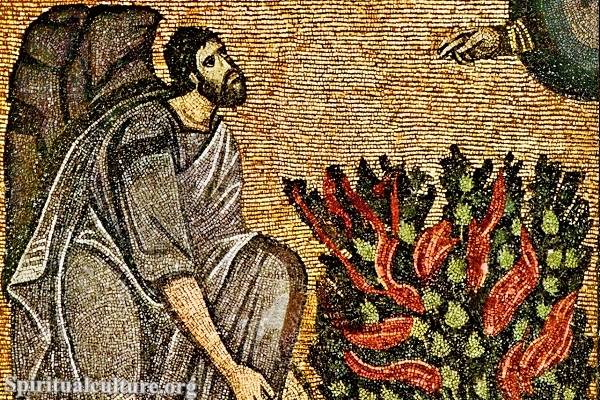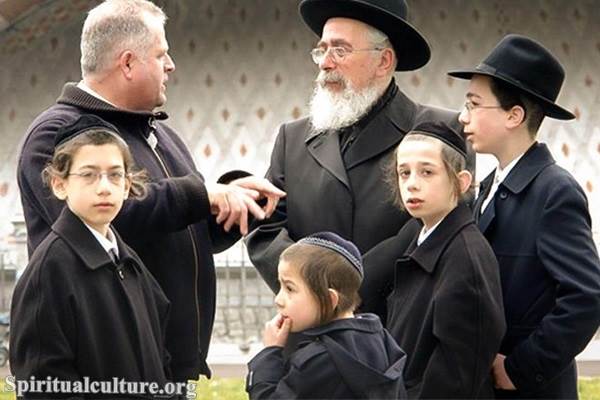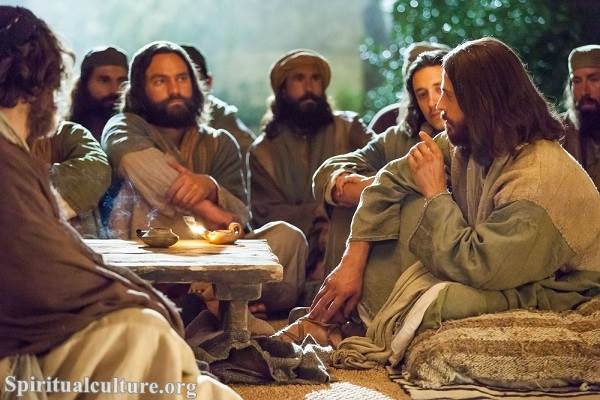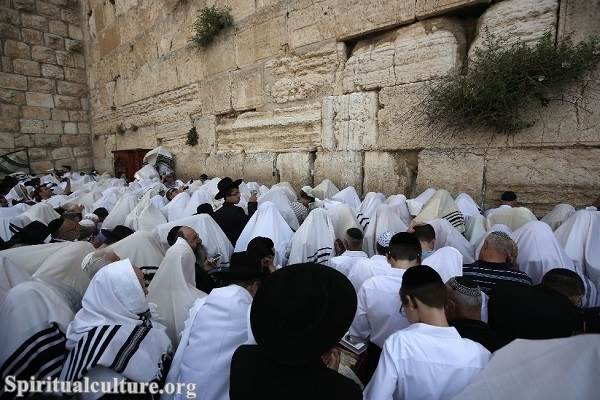The Jewish calendar is filled with numerous holidays and festivals, each with its own unique significance and traditions. Among these holidays, Purim stands out for its festive atmosphere and colorful traditions. But what is Purim? When is Purim celebrated? And what does the holiday signify?
In this article, we delve into the details of the Purim holiday, its meaning, and its observance.
Purim: A Celebration of Jewish Survival
Purim is a Jewish holiday that commemorates the deliverance of the Jewish people in the ancient Persian Empire from a plot to annihilate them. This plot is recorded in the Biblical Book of Esther, which provides the historical and religious basis for the holiday. Purim is celebrated on the 14th day of the Hebrew month of Adar, which usually falls in late February or early March in the Gregorian calendar.
The story of Purim involves the Jewish Queen Esther, her uncle Mordecai, the Persian King Ahasuerus, and his wicked advisor Haman. Haman plotted to kill all the Jews in the empire due to his grudge against Mordecai, who refused to bow to him. However, through a series of events, Queen Esther and Mordecai were able to reveal Haman’s plot to the king, leading to Haman’s execution and the salvation of the Jewish people.
Purim Holiday: A Time for Joy and Generosity
Unlike some of the more solemn Jewish holidays, Purim is a time of joy, celebration, and generosity. The holiday is marked by several key rituals and traditions, many of which are designed to commemorate the Jewish people’s survival and to foster a sense of community.
One of the most well-known Purim traditions is the reading of the Megillah, or the Book of Esther. This is often done in synagogue, with congregants making noise with noisemakers, or “groggers,” every time Haman’s name is mentioned to drown it out.
Another major aspect of the Purim holiday is the giving of gifts. These gifts, known as “mishloach manot,” usually consist of food items and are given to friends, family, and neighbors. In addition, it is customary to give to the poor during Purim, reflecting the holiday’s emphasis on community and generosity.
Purim Meaning: A Testament to Jewish Resilience
At its core, Purim is a celebration of Jewish survival and resilience. The story of Esther and Mordecai’s triumph over Haman is a powerful reminder of the many challenges that the Jewish people have faced throughout history and their ability to overcome them.
Purim also carries a message of courage and faith. Queen Esther’s decision to risk her life to save her people is seen as a testament to the power of faith and the importance of standing up for what is right, even in the face of danger.
Moreover, the festive and joyous nature of Purim serves as a powerful counterpoint to the seriousness of the threat that the Jewish people faced. Through its traditions of merriment and generosity, Purim emphasizes the importance of joy and community in the face of adversity.
In conclusion, Purim is a unique and meaningful holiday in the Jewish calendar. It is a time to remember the past, celebrate survival, and express generosity. Whether you’re listening to the Megillah reading, preparing mishloach manot, or simply enjoying the festive atmosphere, Purim is a holiday that offers a rich blend of history, tradition, and joy.




